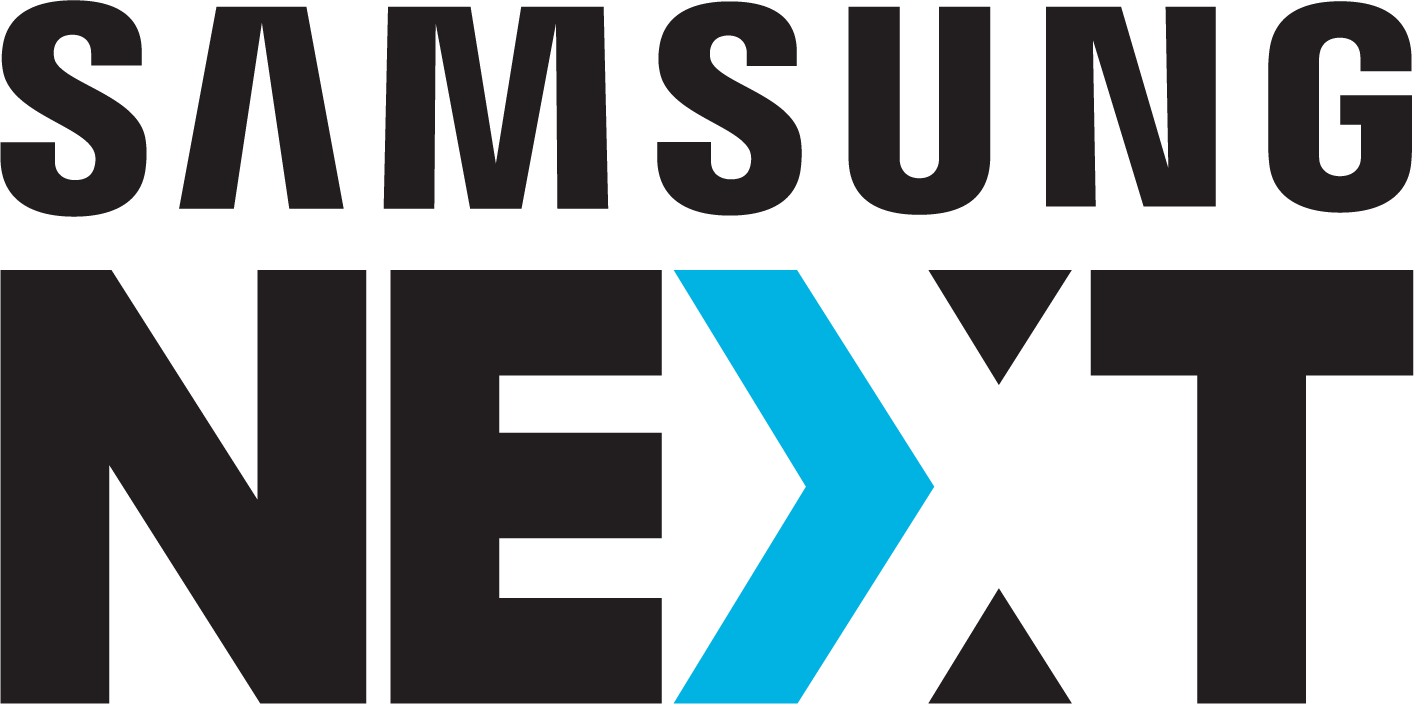Why we invested in Saga, building blockchains with a single click
Growing interest in blockchain technology is creating a network of decentralized systems that need a way to interact. One solution facilitating interoperability is Cosmos, a decentralized network of independent parallel blockchains.
While Cosmos provides a protocol for connecting blockchains, deploying secure applications within its framework can be challenging. Saga solves this problem by making it easy to deploy secure applications on Cosmos. Applications are launched on Saga with what it calls “chainlets,” single tenet virtual machines running on the Cosmos technology stack.
We invested in Saga because its protocol for automatically provisioning application-specific blockchains provides ease of setup, sovereignty, and scalability. We joined a $6.5 million SAFT investment round that included participation by Maven 11, Longhash Ventures, Hypersphere, Figment, and numerous other investors.
Because Saga’s modular architecture provides pluggable support for all Cosmos-based virtual machine (VM) modules, we think it is ideal for the deployment of applications in the web3 multiverse. Saga offers low and predictable gas fees, high throughput, and dedicated space for developers.
Saga makes launching a dedicated blockchain as easy as deploying a smart contract. The Saga protocol design fundamentally reimagines developer and end user interactions with blockchains. It facilitates shared security, innovations in validator orchestration, and an automated continuous integration. It also offers a continuous integration, continuous deployment (CI/CD) pipeline that is standardized across single-tenant application VMs.
Saga chainlets are used for dedicated app-chains and for horizontal scaling solutions of other Layer-1 and Layer-2 blockchain protocols, with an initial focus on the gaming and entertainment industries. The platform’s unique token model allows end users to pay for application fees in any Cosmos IBC-compatible tokens and does not directly charge platform gas fees to the end user. It is particularly well-suited for gaming and fintech applications.
The transaction-based business model being used by Saga requires a fee deposit to keep each chainlet active. But chainlets can be provisioned using free trial tokens from the network.
Previously known as Project Sagan, Saga was founded late last year as an incubated project at Ignite, formerly Tendermint. Saga is one of the first projects to successfully exit from Ignite’s incubation program.
Saga’s founding team is impressive. Rebecca Liao, co-founder and Chief Executive Officer, graduated from Stanford with a degree in economics and then earned a law degree from Harvard. She also is a serial entrepreneur. Saga is her third startup. She co-founded her last crypto startup, Skuchain, with Zaki Manian, one of the original inventors of Cosmos. She helped grow the platform to $5 billion in annual volume during her four years there as chief operating officer. Before Skuchain, Rebecca was the head of business development for Globality — an artificial intelligence startup backed by Softbank.
Jacob McDorman, Chief Technology Officer, is an entrepreneur, product builder, and researcher. Jin Kwon, Chief Strategy Officer, has contributed to the Cosmos ecosystem since 2018, when he joined Ignite as chief of staff. More recently, Jin served as vice president of corporate development at Ignite. Bogdan Alexandrescu, Vice President of Engineering, is a technology expert with experience in start-ups in technology, fintech, and business consulting. He joined Saga from Apple, and has been involved in web3 projects for the past two years.
Saga has the potential to become the primary infrastructure supporting new Cosmos chains. We think the company has the technology and the expertise to attract and empower developers as they build applications for the metaverse.
Sam Campbell is an Investor and Head of Venture Operations at Samsung Next. Samsung Next's investment strategy is limited to its own views and does not reflect the vision or strategy of any other Samsung business unit, including, but not limited to, Samsung Electronics.

